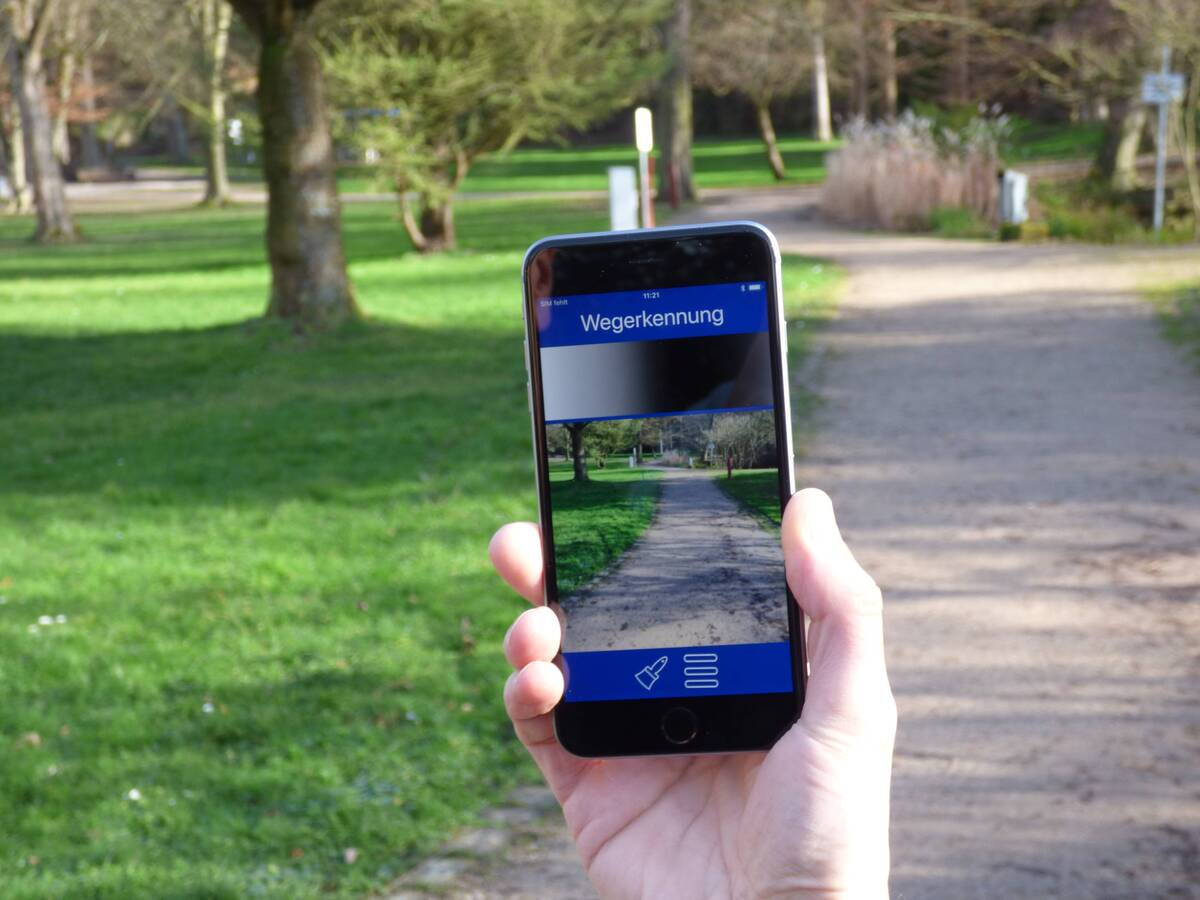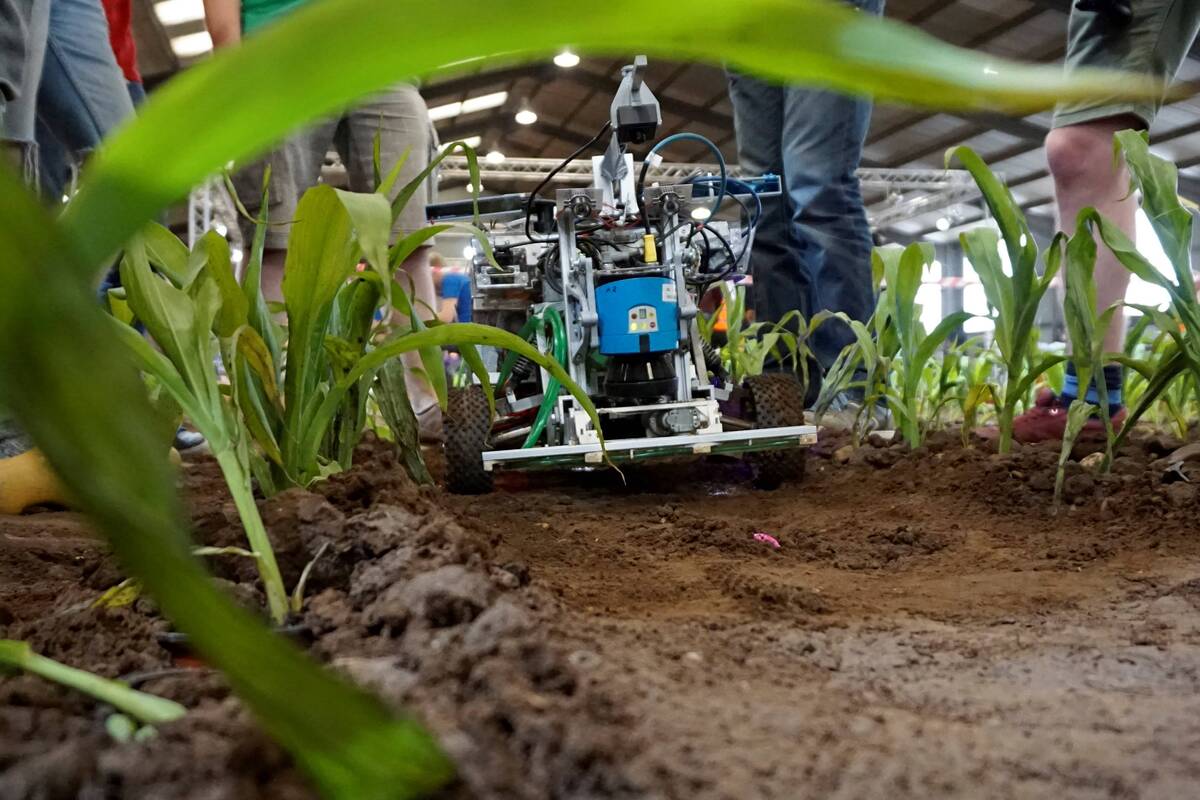Optical Path Recognition Made Audible
Students of Karlsruhe Institute of Technology (KIT) have developed an image recognition algorithm that identifies obstacles and recognizes free pathways. Based on this, the iXpoint software company has now developed the Camassia smartphone app as an assistance system for the visually impaired. It generates acoustic signals that enable users to follow the desired pathway. It is the first interactive assistance system of this type and works independently of satellite navigation, a complex sensor system, or electronic maps.
The need for independent mobility makes the blind and visually impaired face big challenges, also in the 21st century. Diverse technological approaches exist, but most people affected still prefer well-established aids, such as the white stick or a guide dog. One of the reasons is that services available are often based on expensive special hardware. Moreover, many inventions never reach the market, because they are not developed beyond a certain experimental stage. The iXpoint software company, in cooperation with KIT, has a different approach: They have developed an assistance system for the blind that uses the camera and motion sensors of a commercial smartphone. Their app “Camassia” is available for download and enables users to acoustically perceive footpaths.
Full Text: Press Release 029/2018
mhe, 20.03.2018


